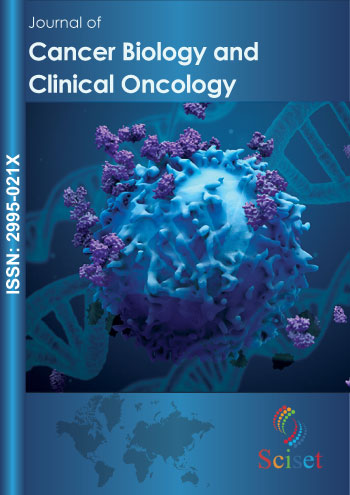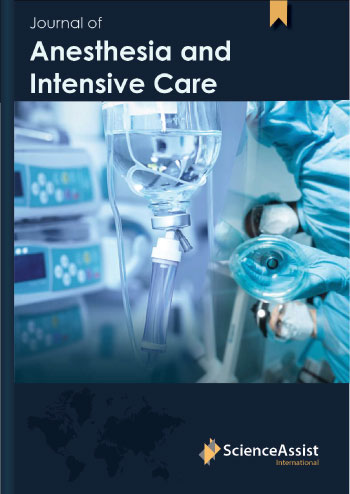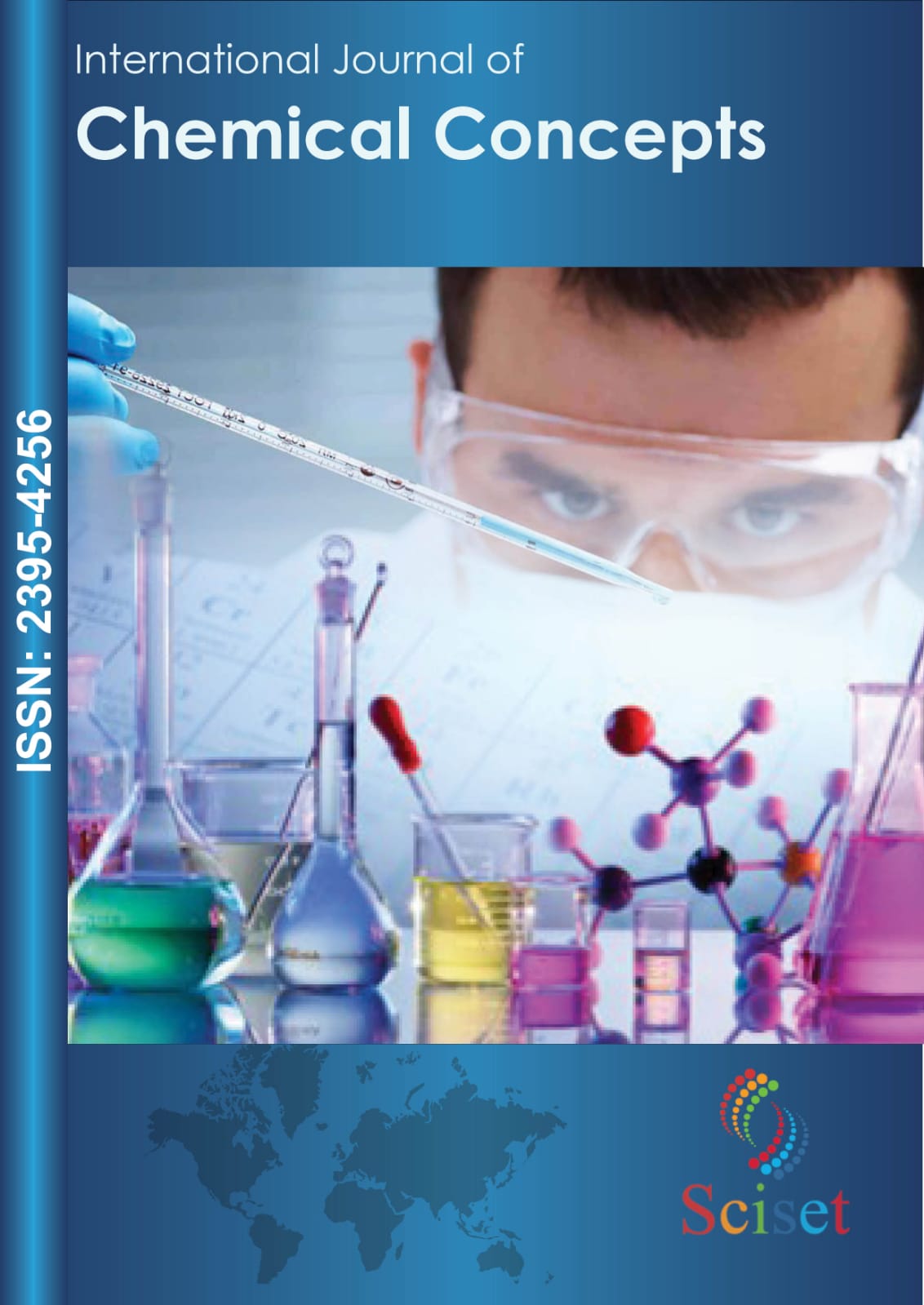- Open-Access Publishing
- Quality and Potential Expertise
- Flexible Online Submission
- Affordable Publication Charges
- Expertise Editorial Board Members
- 3 Week Fast-track Peer Review
- Global Visibility of Published Articles
Paper Submission Guidelines
Journal of Cancer Biology and Clinical Oncology pursue a prescribed format for all the articles. We follow a uniform and consistent format for article publication.
Journal of Cancer Biology and Clinical Oncology is an open-access, scientific journal that publishes articles on a quarterly basis. The journal follows a single-blind peer review process and upon the authors’ request, we facilitate a double-blind peer review process. Upon the authors’ request, we can be providing fast-track peer review with an average review time of 14 days. Articles will be published online within 7 days after acceptance.
Open Access Policy
All the published articles are accessible freely viewed/ copied/ downloadable and printed by all individuals without any restriction, legal, technical, or financial barriers.
Public Access Policy
Following NIH Public Access Policy, we submit articles funded by the National Institutes of Health (NIH) and other Federal agencies to PubMed Central (PMC) immediately after publication in the journal.
Plagiarism Analysis
All the articles must contain a minimum of 75-80% unique content. Moreover, In the Results, Discussion, and Conclusion part of the text, the uniqueness must be 100%. Articles having below 75% unique content will be returned to the authors asking for revision and resubmissions after meeting the adequate uniqueness limit.
Article Categories
Original Articles: reports of data from original research.
Reviews: comprehensive, authoritative descriptions of any subject within the scope of the journal. These articles are usually written by experts in the field who have been invited by the Editorial Board.
Case reports: reports of clinical cases that can be educational, describe a diagnostic or therapeutic dilemma, suggest an association, or present an important adverse reaction. Authors should clearly describe the clinical relevance or implications of the case. All case report articles should indicate that informed consent to publish the information has been granted by the patients or their guardians.
Commentaries: short, focused, opinion articles on any subject within the scope of the journal. These articles are usually related to contemporary issues, such as recent research findings, and are often written by opinion leaders. These are a group of high-impact articles which open new arenas of open discussion forums in scientific research.
Letter to the Editor: these can take three forms: a substantial re-analysis of a previously published article; a substantial response to such a re-analysis from the authors of the original publication; or an article that may not cover ‘standard research’ but that may be relevant to readers.
We provide the opportunity for authors to submit their research-based findings and high-quality theoretical insights.
Journal of Cancer Biology and Clinical Oncology recommends authors to checklist the following items while submitting the manuscript:
Covering Letter: Covering Letter is a declaration of the corresponding author stating that the manuscript is original in all aspects and it is not published or under consideration for publication with any other publisher. The declaration must also include a statement that the study did not violate any national or international laws on human, animal, and environmental rights. All the other authors that have contributed to the study are bound to obey the declaration signed by the corresponding author.
Title page: The title page must display the complete title of the study reflecting its overall objective followed by the complete list of all authors with their full names, and affiliations; an abbreviated title for the running head (not to exceed 50 characters, including spaces); name and address of corresponding author, contact telephone, fax number, and e-mail address. Where necessary, identify each author’s affiliation by superscript numbers matched to the appropriate institution. The subsequent pages furnish and unfold the study. The manuscript must be clearly demarcated with the sub-headings, stated in Arabic numbers. Each and every page of the manuscript must be thoroughly numbered in the top right corner of the page.
Abstract and Keywords: The manuscript must begin with an abstract of not more than 500 words that capture the entire summary of the study, including its scope, methodology, findings, conclusion, and limitations. At least five important terminologies reflecting the theme of the manuscript must be placed as keywords at the end of the abstract.
Introduction: All manuscripts must start with an introduction to begin with, which sets the tone and the foundation for the study. The introduction provides basic information about the study by referring to similar studies elsewhere. The introduction briefly discusses various key aspects of the study, raising valid and important questions, which may be answered subsequently as the study progresses.
Methods and Materials: Methods and Materials section discusses the research methods deployed to conduct the study, including the sample size and technique. It also discusses the tools used for data collection and interpretation.
Results: The author draws various conclusions by analyzing the information extracted by analyzing the data elicited from the study. These are findings that the author/s would get at the end, may or may not coincide with the hypothesis set by the author/s at the beginning of the study.
Discussion and Analysis: The collected information is analyzed statistically by applying various relevant formulas that are universally acceptable and the data is analyzed to produce observations and statements that are backed by valid evidence. This part of the manuscript generally represents tables, graphs, diagrams, and charts that reinforce the values and information discussed in the manuscript as text.
Tables, Figures, Graphs, and Diagrams: All the tables, graphs, diagrams, and images provided in the text must have captions and legends, indicating their appropriate location in the manuscript. All the tables must be presented in numerical order in Excel format, charts and diagrams must be presented in Excel/word format and the images, diagrams, and pictures must be presented in jpeg format.
Conclusion: Conclusions are generally drawn from the findings that are summarized at the end to draw valid findings of the study.
Limitations & Recommendations for Future Studies: Authors must define and state the limitations if any within the scope of the study and must clearly state it to avoid confusion. Authors must also suggest recommendations for future studies on this area.
References: All references, including links, must be numbered consecutively, in square brackets, in the order in which they are cited in the text, and should be formatted in the National Library of Medicine style. Each reference must have an individual reference number. Please avoid excessive referencing. Only articles, datasets, and abstracts that have been published or are in press, or are available through public e-print/preprint servers, may be cited. The author is responsible for obtaining permission to quote personal communications and unpublished data from cited colleagues. Journal abbreviations should follow Index Medicus/MEDLINE.
Citations in the reference list should include all named authors, up to the first 6, before adding ‘et al.’. Any in-press articles cited within the references and necessary for the reviewers’ assessment of the manuscript should be made available if requested by the editorial office.
Acknowledgments: Author/s must acknowledge all the persons, institutions, organizations, and funding agencies that are resourceful in conducting the study.
Conflict of Interest: Authors must clearly disclose commercial associations that might create a conflict of interest in connection with submitted manuscripts and must give credit to any ghostwriters involved in the writing of the manuscript. This statement should include appropriate information for EACH author, thereby representing that the competing financial interests of all authors have been appropriately disclosed.
Appendix: Authors can share all the supplementary information that they could not share in the manuscript as an appendix. The appendix also carries questionnaires, guidelines, and the universal standards followed in conducting studies involving animals.
Abbreviations: Bridged technical terms and jargon used in the study are expanded and must be placed at the end of the study for a clear understanding of the readers.






